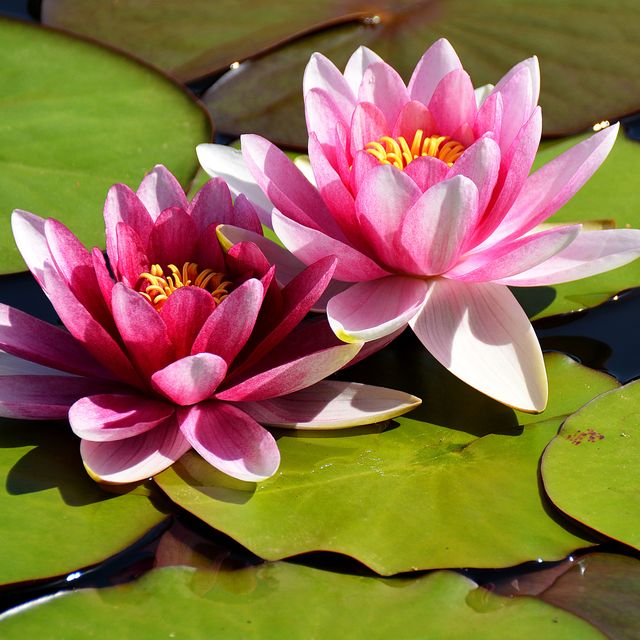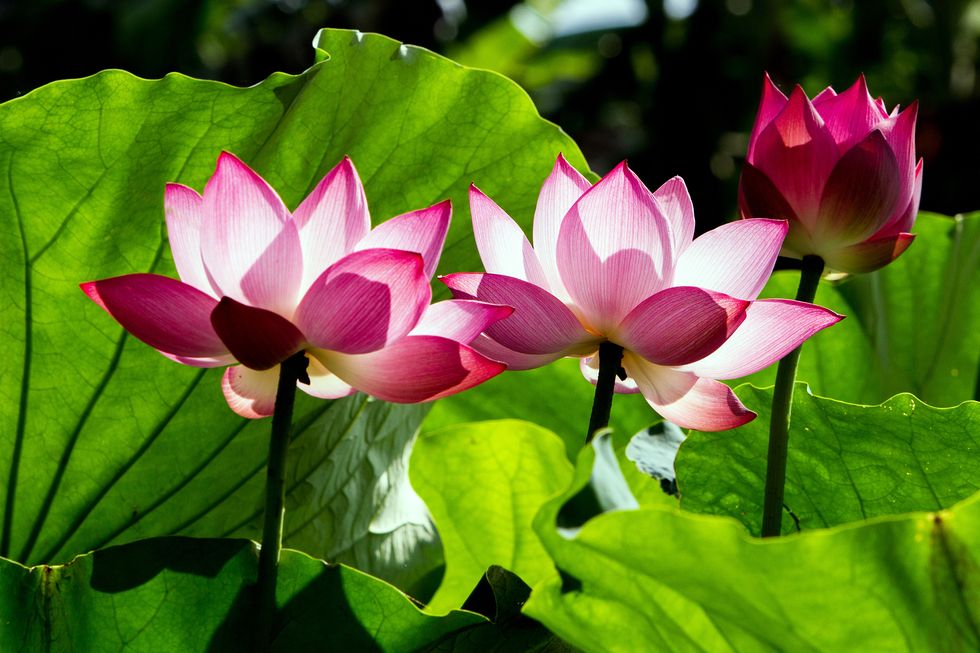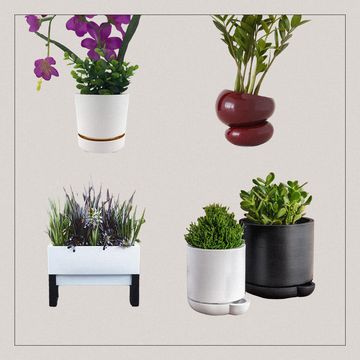People have used flowers to communicate emotions, signify birth months and zodiac signs, and remember historic events all over the world for basically forever. The lotus flower, with its translucent petals and blooming pattern that follows the rise and fall of the sun, is one of the most captivating on earth. This mysterious flower can express a number of different things. Read on to learn more about the lotus flower's meaning and symbolism.
About the Lotus Flower
Lotus flowers are native to India, east Africa, southeast Asia, and Australia. They root themselves in the mud and send their lengthy stems upward to find the top of the water and bloom, hiding all of their foliage below. Unlike a water lily, a lotus flower's leaves don't rest on the top of the water but reach above it; its rounded leaves and flowers are more delicate than the pointier ones of a water lily. In spite of their delicate nature, these resolute plants can survive being submerged under ice and can even bloom in extreme heat. Some lotus plants can live for nearly a century! With their astonishing resilience, it's no wonder many cultures consider lotus flowers to be so special.
Lotus Flower Meanings
Like poppies in the UK and red roses all over the world, the lotus has a symbolic meaning. While it varies across cultures and countries (more on that in a minute), the general meaning of the lotus flower is purity and strength. For that reason and more, lotus flowers are popular symbols for jewelry and tattoos.
Purity
Because the lotus flower emerges from the water without mud, muck, or debris, it's often seen as the ultimate symbol of purity. It can also stand for retaining purity of spirit through life's challenges.
Rebirth
The lotus flower symbolizes rebirth due to its blooming pattern of opening with the rising of the sun and closing as night falls.
Persistence
Overcoming adversity and life's challenges are connotations of the lotus flower because they're most commonly found in swampy, difficult terrain and emerge from the dark, muddy water looking pristine and beautiful.
Symbolism of Lotus Flower Colors
Different color lotus flowers have different meanings in general and in specific cultures and religions.
- White Lotus Meaning: The white flower signifies beauty, grace, purity, and wealth. In feng shui, the white lotus is associated with purity and transcendence.
- Pink Lotus Meaning: Pink is associated with Buddha. In Hindu imagery, pink-tipped petals symbolize delicate, feminine energy.
- Red Lotus Meaning: The red lotus in Buddhism represents the fire energy of Padma, one of the five main Buddha families. Passion and inspiration are the emotions associated with the red lotus.
- Blue Lotus Meaning: One of the rarer flower varieties, blue lotuses are a reminder for Mahayana Buddhists to focus on their innate characteristics, which can help them achieve nirvana, the ultimate goal of enlightenment.
Lotus Flowers in World Cultures and Religions
The lotus is a central symbol in many Eastern cultures, which consider it to be one of the most sacred plants in the world. Lotus flowers feature in the oldest Egyptian hieroglyphics, antique Chinese ceramics, and Hindu folk stories. In Hinduism and Buddhism, the lotus flower represents the womb of the universe, where all things are born. For Buddhists, this flower represents enlightenment and the link between the universe's soul and their own; it's said that lotus flowers bloomed where the baby Buddha took his first steps. Hindus have special connection with lotus flowers as well: In Sanskrit, it's the character for enlightenment. Lotus position, or padmasana, is central to the practices of yoga and meditation as a means of well-being and progress toward enlightenment.
Lotus Flowers in Home Decor
The lotus flower is a frequent feature in iconic wallpaper patterns, many of which date back to the late 19th century when it was a popular motif in the Art Nouveau design movement. (Picture the lampposts at the entrance to a Paris Métro station, which are reminiscent of lotus stems and leaves.) Schumacher's Lotus Garden, Farrow & Ball's Lotus, and Sanderson's Crane & Frog patterns feature the flower prominently. In the New England living room seen above, designer Dina Holland wanted a botanical print to lend an elegant outdoor appeal, and Lotus Garden in a green colorway was a fitting choice.















